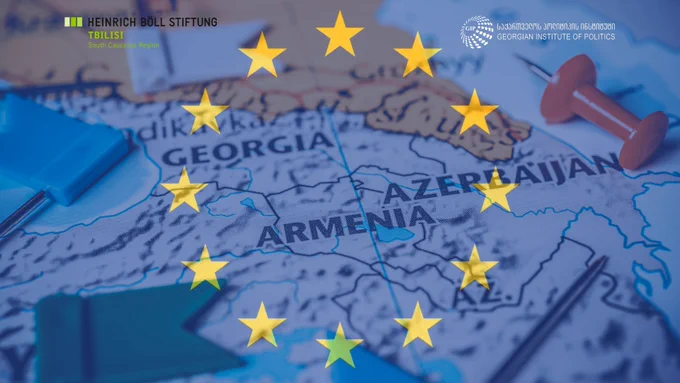Day: July 11, 2024
NPR News: 07-11-2024 12AM EDT
Learn more about sponsor message choices: podcastchoices.com/adchoices
In a significant move that could reshape the dynamics of the ongoing conflict in Eastern Europe, NATO has announced its decision to provide F-16 fighter jets to Ukraine. This development has sparked intense debate among international observers, with opinions divided on whether this represents a strategic deterrence measure or an aggressive escalation aimed at Russia.
Background and Decision
The decision to supply Ukraine with advanced F-16 fighter jets comes amid escalating tensions and ongoing conflict in the region. Ukraine has been actively seeking military support from Western allies to bolster its defenses against Russian. The F-16s, known for their versatility and advanced combat capabilities, are expected to enhance Ukraine’s air defense and offensive operations.
Perspectives on the Decision
Deterrence
Proponents of the decision argue that providing F-16s to Ukraine serves as a powerful deterrent against further Russian incursions. By equipping Ukraine with advanced military hardware, NATO aims to strengthen Ukraine’s defensive capabilities and signal to Russia that the alliance is committed to supporting its allies. This could potentially dissuade Russia from pursuing further aggressive actions, thereby stabilizing the region.
Military analysts point out that the presence of F-16s in Ukraine’s arsenal will improve its ability to defend its airspace and respond to threats more effectively. The jets’ advanced radar systems, precision weaponry, and superior maneuverability could provide a significant boost to Ukraine’s combat effectiveness, making any potential Russian offensive more costly and risky.
Provocation
On the other hand, critics argue that the move could be perceived as a provocative act by Russia, potentially escalating the conflict. They contend that introducing advanced Western weaponry into the conflict zone might be seen by Russia as a direct challenge to its military superiority and influence in the region. This could lead to a more strong defensive response from Moscow, increasing the likelihood of a broader confrontation.
Some experts warn that the decision might undermine diplomatic efforts aimed at reaching a peaceful resolution. By escalating the arms race in the region, NATO’s provision of F-16s could make it harder to negotiate a ceasefire or initiate meaningful peace talks. The risk of miscalculation and unintended consequences could further destabilize an already volatile situation.
International Reactions
The international community has reacted with a mix of support and concern. NATO member states, particularly those in Eastern Europe, have generally welcomed the decision, viewing it as a necessary step to ensure regional security. Conversely, Russia has condemned the move, labeling it as an aggressive and destabilizing action that threatens regional peace.
Conclusion
NATO’s decision to provide F-16 fighter jets to Ukraine is a complex issue. While it aims to deter further Russian and support Ukraine’s defense, it also carries the risk of escalating the conflict and provoking a stronger response from Russia.
The balance between deterrence and provocation will be crucial in shaping the future of the conflict and the prospects for peace in Eastern Europe
